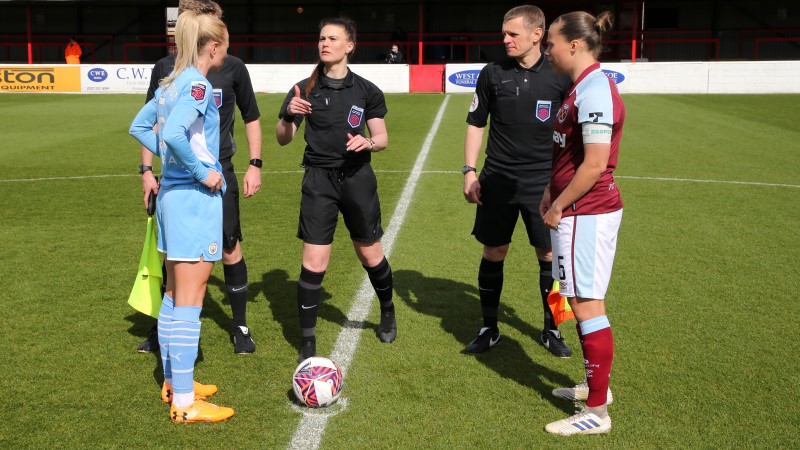The throw-in is a fundamental skill in soccer that allows players to restart the game when the ball goes out of bounds along the touchline. While it may seem straightforward, mastering the throw-in technique is crucial for maintaining possession, distributing the ball to teammates, and avoiding turnovers. In this guide, we’ll break down the steps to execute a proper throw-in and offer tips to enhance your technique.
1. Know the Rules
Before you start practicing, it’s essential to understand the basic rules of a throw-in:
- The ball must be thrown in with both hands.
- Both feet must remain on or behind the touchline (sideline) during the throw.
- The thrower’s feet should not cross the touchline until the ball is in play.
- The throw-in must be taken from the spot where the ball went out of bounds.
- The ball must be thrown directly over the thrower’s head.
- The ball is considered in play as soon as it leaves the thrower’s hands.
2. Grip and Hand Placement
Hold the ball with both hands, fingers spread wide and the ball resting against your fingertips. Your hands should be behind and underneath the ball, not on top of it. Maintain a firm but not overly tight grip to ensure control and accuracy.
3. Positioning
Stand with your feet shoulder-width apart and parallel to the touchline. One foot should be touching the touchline or even slightly behind it. This position ensures you don’t step over the line before the throw.
4. Execution
Here’s a step-by-step breakdown of how to perform a throw-in:
a. Hold the ball with both hands, palms facing upward.
b. Bring the ball behind your head and slightly to the side, but maintain an overhead position.
c. As you release the ball, use your arms to propel it forward and upward.
d. Release the ball with a snapping motion of your wrists for accuracy and distance.
e. Keep both feet on or behind the touchline throughout the throw.
f. The ball should travel directly over your head, not at an angle.
5. Aiming
Determine your target before executing the throw-in. Look for an open teammate or a specific area of the field. Keep in mind that accuracy is crucial; an inaccurate throw-in can result in a turnover to the opposing team.
6. Practice Precision and Timing
Consistent practice is essential for mastering the throw-in. Focus on precision and timing, as these elements can make the difference between a successful throw and a turnover. Work on varying the speed and trajectory of your throws to keep opponents guessing.
7. Understand Strategic Options
In addition to the basics, understanding the strategic aspects of a throw-in can give your team an advantage. You can use the throw-in to:
- Advance the ball up the field: Aim for a teammate farther down the touchline to gain territory.
- Retain possession: Pass the ball to a nearby teammate to maintain control.
- Set up an attack: Use a throw-in to start a coordinated play or initiate an offensive strategy.
- Waste time: In late-game situations, you can take your time with the throw-in to run down the clock.
8. Stay Composed Under Pressure
During a match, you might face defensive pressure from opponents trying to intercept your throw. Stay composed, maintain proper form, and focus on your target. Don’t rush the throw; taking an extra second to make the right decision can prevent turnovers.
A Fundamental Skill
The throw-in may seem like a simple aspect of soccer, but it’s a fundamental skill that can influence the flow of the game. By mastering the technique, understanding the rules, and incorporating strategic thinking, you can become a valuable asset to your team. With practice and dedication, your throw-ins can be precise, and reliable, and contribute to your team’s success on the field.
Originally posted 2023-09-19 20:33:59.
